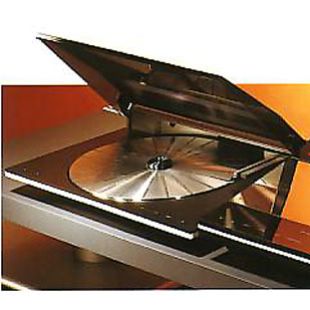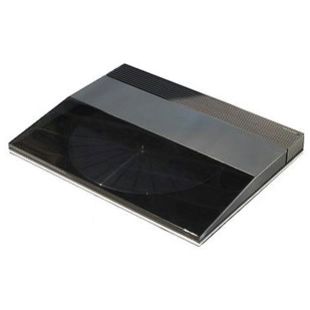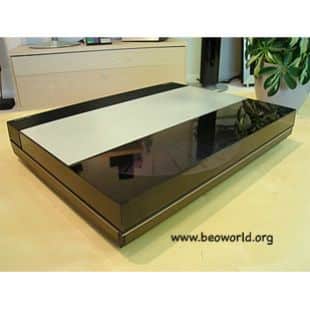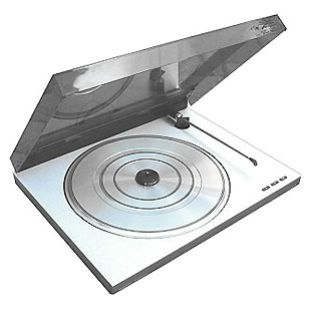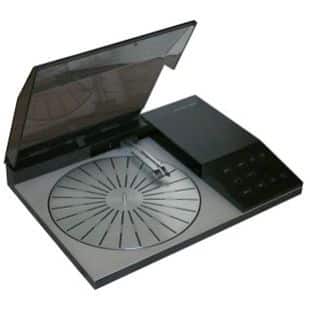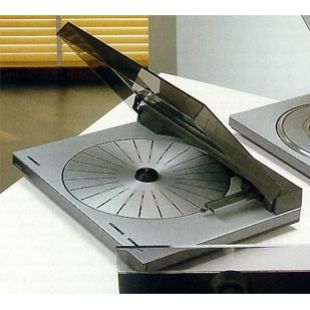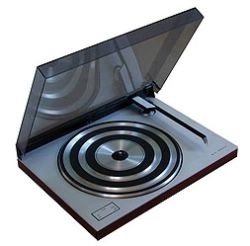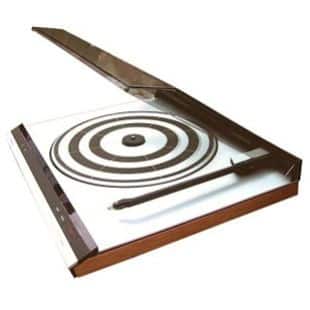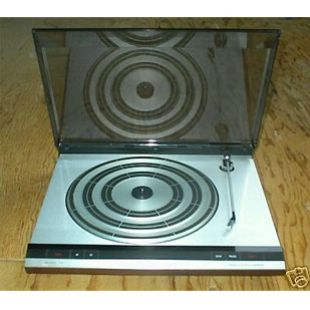BeoGram 8002
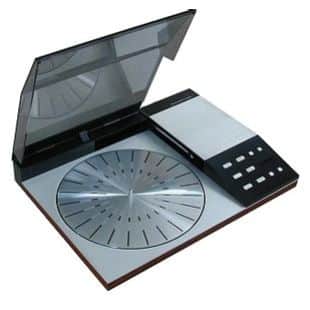
Beogram 8002 was a ‘state-of-the-art- product with a performance capability as near ideal as anyone had up till then devised. The platter was driven not by a conventional motor, but by a unique tangential-drive system that had no moving parts and no physical contact with the turntable.
Tangential drive works on the same principle as the ordinary domestic electricity meter (a form of electric ‘motor’ which you have probably always lived with yet been totally unaware of, since its disc continues rotating, silently and accurately, year after year without any maintenance whatever). It is based upon a law of physics by which any current-carrying body placed within a magnetic field experiences a force which will cause it to move.
Bang & Olufsen took full advantage of this simple law by placing the edge of the Beogram’s under-platter between two fixed coils. When current was applied to these coils a magnetic field was created in the gap between them, thus moving the under-platter without physical contact of any sort. The speed of rotation was dependant on the amount of current passing through the coils and B&O’s use of a quartz-controlled electronic servo-circuit to govern current flow keeping the turntable speed constant and highly accurate.
The tangential-tracking arm was made of hard-drawn brass. It carried the pickup in a straight line from the edge of the record to its centre – the same geometry used in cutting the original master-disc – so skating effect did not occur and vertical tracking error was barely measurable. The tone arm was preceded by a detector arm carrying a photodiode which could ‘see’ the surface below it. If the PLAY button was pressed when there was no record on the turntable, this magic eye ‘saw’ the broken pattern of the platter’s black ribs rotating and a safety circuit blocked any user command to lower the pickup. So Beogram 8002 was safe as well as extremely sophisticated.
The pickup arm used the latest type of cartridge – MMC2 – weighing a mere 1,6 grams. Its unframed diamond stylus had a multi-faceted (contact line) profile which could follow every last detail of the groove modulations.
Beogram 8002 had a computerised control system that made operation so easy that you didn’t even have to think about it. Just press PLAY. Machine intelligence identified the size and playing speed of the record. If you wanted to hear the same disc more than once, it was necessary to just press PLAY for each time you want to listen – up to 9 times. The number of repeats you ordered would appear as the last digit on the speed read-out panel.
You could scan the arm – inwards or outwards – to any track on the record in fast or slow motion. Manual override buttons were provided for playing non-standard discs and the pause control made it easy to resume play after an interruption.
Beogram 8002 could be used as part of the Beosystem 6000 or Beosystem 8000

